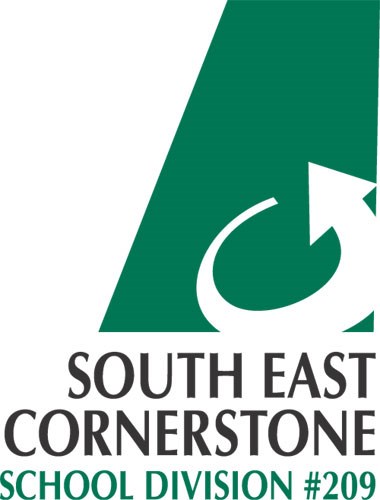Since the creation of the Southeast Cornerstone School Division four years ago, the division has been looking into introducing a division-wide report card and now, the new reporting system is about to be unveiled.
Since the creation of the Southeast Cornerstone School Division four years ago, the division has been looking into introducing a division-wide report card and now, the new reporting system is about to be unveiled. Students and parents will see their first report card using the new system next month.
"This really is an exciting time for us. We've been working for quite a while to produce a new report card for the school division," Susan Nedelcov-Anderson, the curriculum coordinator for the Southeast Cornerstone School Division, explained. "We're hoping that people will appreciate what has gone into creating this new report card and will appreciate the clear message it will convey to students and to parents about student achievement."
The ministry of Education has recently changed the curricula to become outcomes-based. Research has demonstrated a clear increase in student success when the students have clear-cut learning targets.
Nedelcov-Anderson believes that the biggest change to the new report card system "is that we now list 'outcomes' in the report card. Outcomes are the intended learning targets for students in a particular subject in a particular grade. Each subject has its own set of outcomes. They range from about 10 to 14 outcomes for each subject. It's a really nice snapshot of what the student is expected to know, understand, and be able to do by the end of that particular grade level. An example of an outcome for Grade 7 Science would be to 'assess the impact of heating and cooling technologies.' So that would be a particular outcome that a Grade 7 student would need to be able to achieve by the end of Grade 7 in terms of Science."
Another new implementation to the report card is the use for a four-point grading scale. The highest level on the scale is Meeting (M) which means the student understands his or her work and is able to do it on their own. Approaching (A) is the second level on the scale. It means the student can understand most of the work but may need help at times. The third level is Beginning (B), which means the student partially understands his or her course load and is able to do some of the work with help. The last level on the scale is Experiencing Difficulty (ED) which means the student does not understand and is unable to do his or her work.
Teachers will also have the ability to claim Insufficient Evidence (I) on the report card. This level is used when the teacher does not have enough evidence to make a judgment on whether or not the student is Meeting, Approaching, Beginning, or Experiencing Difficulty.
Each of the outcomes will have a letter attached to it. The letter will display the student's achievement for that particular learning target using the four-point scale.
In addition to academic achievements being stated on the report cards, students will also now be assessed in the areas of work habits and social skills. These categories will be displayed separately from the academic achievements as to paint a clearer picture of the student's performance. The four-point scale will also be used to grade the work habits and social skills.
One final change in the overall look of the new report card is that "teachers will be listing any adaptations that are put in place for students who require some modifications to their programming in order to help them achieve their outcomes. Adaptations are intended to provide students with extra support and are changes to the environment or instruction used to help the student succeed. If a student has difficulty in writing, then an educational assistant might be brought in to scribe notes."
Although the new reporting system will come into effect in November, there will be a transition period. Parents can expect to see the old reporting format still being used in some subjects.
"This isn't the end point. We still have some work that needs to be done," Nedelcov-Anderson said regarding what the committee will be working on in the near future. "Currently we have a Kindergarten reporting committee that's been formed to examine how we'd report students in Kindergarten and their achievements to parents. We also have a high school reporting committee to look at the unique issues associated with high school and to come up with a plan for how high schools should be reported."
The new report card system could also serve as a goal-setting lesson for students. "I think it's a great way to learn how to set some goals for yourself, to give students a clear target, which is the outcome that they're working toward all year long," Nedelcov-Anderson explained. "Even students as young as Grade 1 can set goals, as long as they know what those targets are."
